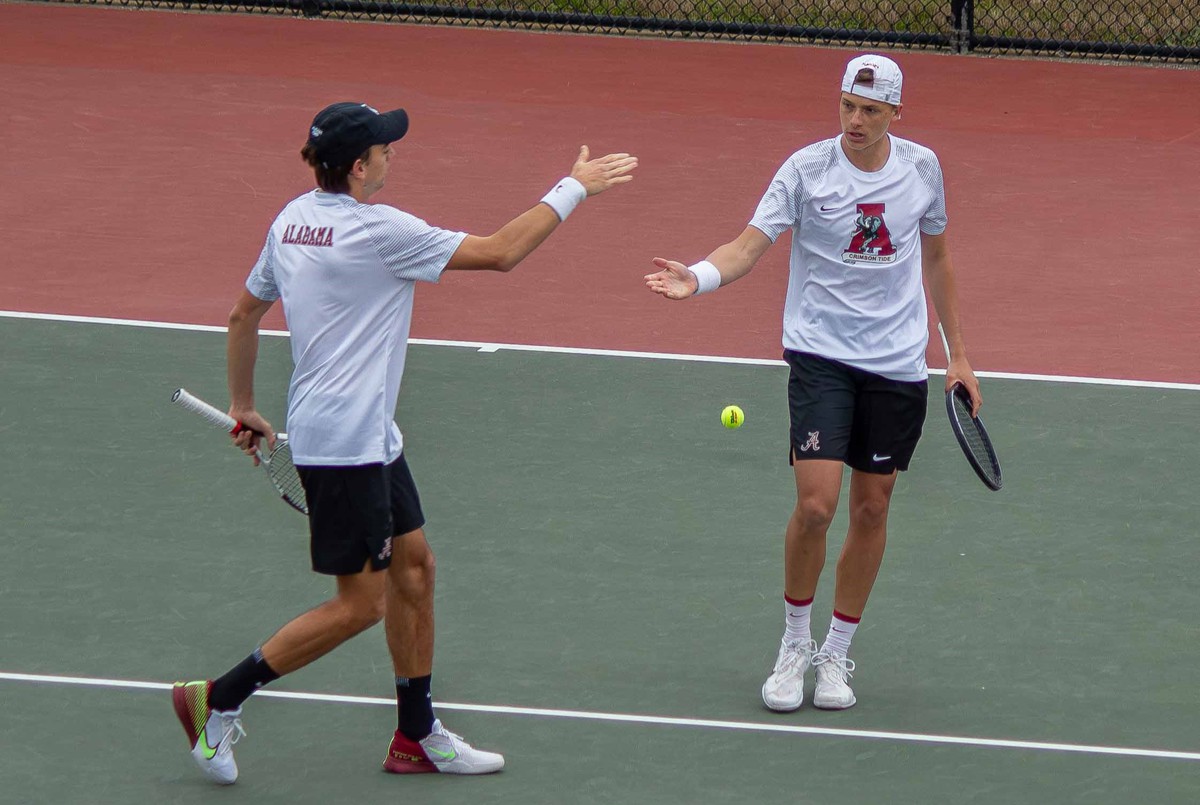While many students grab a bite to eat and chat with friends in the Ferguson Center, Michael Royko works on a business plan for potential investors. Royko, a sophomore majoring in chemical engineering, is one of 24 University of Alabama students participating in the Neuro Start Up Challenge. The Neuro Challenge is a STEM project where four teams of six students choose one of 15 National Institute of Health patents and form a workable business plan for that technology.
“The technology’s there, but they haven’t commercialized it or made it a product,” Royko said. “Our challenge is to make it into a business model.”
Rob Morgan, executive director of Innovation Initiatives, said an assortment of faculty, attorneys and business leaders help the teams. Each university has several teams that will compete against each other. The winner will be financed to start a real business based on their plans for the technology.
Each team has to submit a letter of intent, a summary of the business model, and create an elevator pitch before the final presentation. Andrew Talbert, a junior majoring in math, who participated in the challenge last year said the teams have a lot of hard work ahead before they’re ready to pitch to investors.
“It’s all about developing this extremely detailed business model,” Talbert said. “You really got to show that you understand not just the product, but what you plan to do with it.”
Royko is on a team working to create a business plan for a diagnostic that detects and treats the John Cunningham Virus. JCV, which has a 50 percent mortality rate, lies dormant in the stomach but once in the blood stream, it can cause brain swelling. Royko said working with the unpredictability and obscurity of viruses has made his team’s project challenging.
“We have to raise awareness. A lot of people can have it and never know. Your doctor might not know what’s happening.”
Having worked on last year’s Breast Cancer Challenge, Talbert said the experiences have already helped prepare him for internships and future employment. Morgan said the challenge gives students valuable real world experience.
“It gives them different context than what they would get in a classroom,” he said. “They can actually see how commercialization of a high-tech product comes about.”
From her past experience working on the Breast Cancer Challenge, Megan Torman, a senior majoring in chemical engineering, said the biggest challenge teams face is doing research on their projects and then understanding that research.
“This would be impossible without a team,” she said. “Through delegation of research and tasks, and regular meetings to update one another, it is much easier to gather a lot of information in a relatively short amount of time.”
Looking at the potential of technology, Torman said she hopes her work this year will make a difference in people’s lives, a sentiment Talbert agrees with.
“The thought that we could one day run a company that could save or make someone’s life better is exciting,” Talbert said.
The challenge is beneficial because it helps transform patents for technology that might fall dormant into viable commercial products.
“In the United States, we have a pretty good factory for creating new technology, but we have sort of dropped the ball on taking those technologies and creating commercial products from them,” Morgan said. “There’s never been a good process of transferring patents over into industry, but this challenge can help that.”






